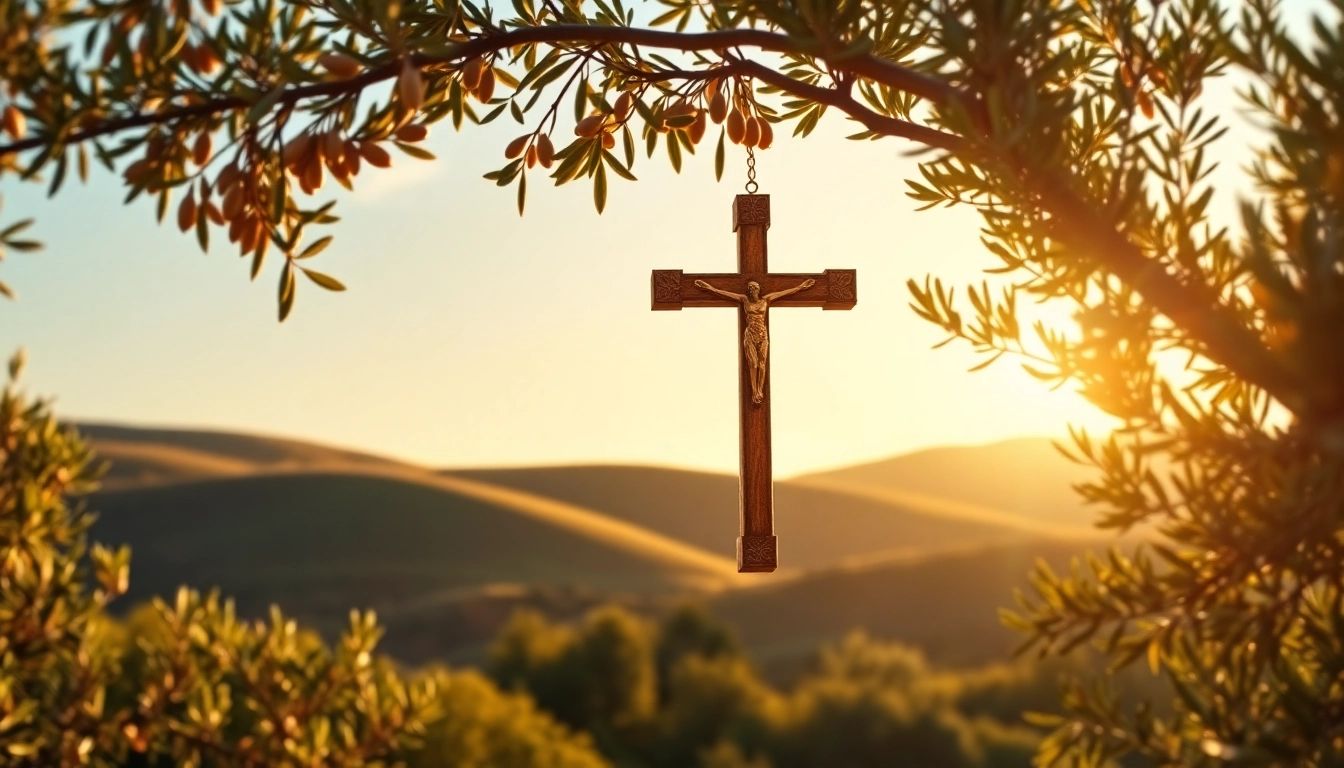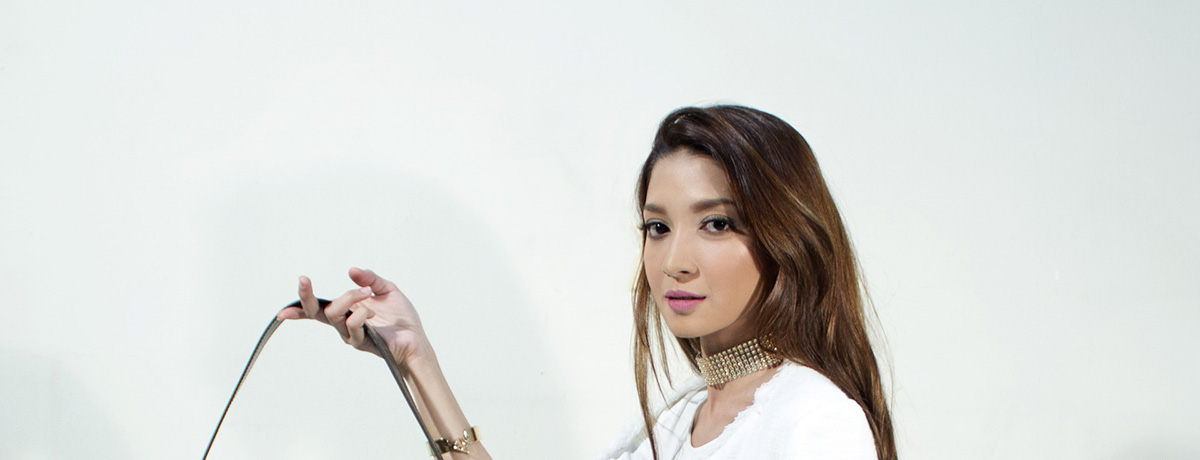
The Significance of Jerusalem Crosses: History, Symbolism, and Craftsmanship
Understanding Jerusalem Crosses
The Jerusalem crosses carry deep historical and spiritual significance that resonates with many Christians and art enthusiasts today. The symbol serves not only as a representation of faith but also as an artistic statement that has evolved over centuries. In this article, we will explore the intricate details surrounding Jerusalem crosses, including their meaning, craftsmanship, cultural relevance, and how they are maintained in modern contexts.
What Is a Jerusalem Cross?
The Jerusalem cross, often recognized for its distinctive architectural design, features a large cross potent (a type of cross characterized by arms that extend outward) at its center, surrounded by four smaller Greek crosses, one in each corner. This configuration represents the four Evangelists—Matthew, Mark, Luke, and John—and symbolizes the spread of Christ’s teachings across the four corners of the world. Historically, it’s also known as the Crusader’s Cross, reflecting its use by the Crusader Kingdom of Jerusalem in the 12th century.
Historical Context of Jerusalem Crosses
The roots of the Jerusalem cross run deep in Christian history, dating back to the Crusades. In the 1090s, Pope Urban II initiated the First Crusade, leading to the establishment of the Kingdom of Jerusalem. The Jerusalem cross became a heraldic emblem during this time, representing not only the Christian faith but also the political and military aspirations of those in the Crusader state. Over time, the design transitioned into a symbol of pilgrimage and devotion, often seen in churches and worn by individuals seeking to express their spiritual allegiance.
Symbolism Behind the Design
The design of the Jerusalem cross is rich with symbolism beyond its historical context. The large central cross signifies Christ’s sacrifice and resurrection, while the four smaller crosses represent the sending forth of the Gospel. In some interpretations, these smaller crosses also symbolize the four cardinal directions, emphasizing the universality of Christ’s teachings. Additionally, the blend of design reiterates the connection between the divine and the earthly, inviting reflection on the intersection of faith and daily life for believers.
Craftsmanship of Jerusalem Crosses
Materials Used in Creation
Jerusalem crosses are crafted from a variety of materials, including metal, wood, and stone. The choice of material often reflects both aesthetic and symbolic values. Gold, silver, and bronze are prevalent in decorative versions often used in religious ceremonies, showcasing artistry and wealth. In contrast, artisanal wood crosses, particularly those carved from olive wood, have become popular due to their cultural significance and availability in the Holy Land.
Significance of Olive Wood Crosses
Olive wood is especially significant in the context of Jerusalem crosses, as it is native to the region and deeply tied to biblical stories and Christian heritage. Craftsmen in Bethlehem expertly carve olive wood into crosses and other religious artifacts, infusing each piece with local meaning. The grain and texture of olive wood vary, creating unique pieces that often include a natural shine. Purchasing an olive wood cross not only represents a strong personal or communal connection to faith but also supports local artisans and preserves traditional craftsmanship.
Artisans and their Techniques
The craftsmanship of Jerusalem crosses is a revered tradition, with artisans employing techniques passed down through generations. These craftsmen often use hand tools, maintaining the authenticity of each piece. Techniques may include detailed carving, burning, and finishing, emphasizing both the beauty of the design and the spiritual significance behind each cross. Modern artisans also blend traditional methods with contemporary designs, appealing to a wider audience while maintaining respect for the symbolism and craftsmanship inherent in creating Jerusalem crosses.
Buying Jerusalem Crosses
Where to Purchase Authentic Jerusalem Crosses
For those interested in acquiring an authentic Jerusalem cross, numerous options are available globally, particularly in stores that specialize in Christian artifacts. Online marketplaces, specialty shops in Jerusalem, and local craftspeople offer unique opportunities to own a piece of this rich heritage. When shopping, it is advisable to ensure that the source is reputable, particularly if purchasing from online stores.
Factors to Consider When Choosing
When selecting a Jerusalem cross, several factors should be considered:
- Material: The choice between wood, metal, or stone can impact both the aesthetic and the cost of the cross.
- Size: Consider where you intend to display the cross; options range from small keychains to large wall-mounted pieces.
- Craftsmanship: Look for indicators of quality, such as careful carving and finishing, which can signify a more valuable and meaningful piece.
- Authenticity: To truly appreciate the significance of a Jerusalem cross, seek certification of authenticity, especially for artisanal products.
Popular Variations and Styles
Jerusalem crosses come in various styles, each with unique interpretations of the design. Variations may include intricate embellishments, materials such as gemstones or copper inlays, or even modern abstract interpretations. Some popular styles include traditional olive wood crosses, ornamental gold and silver crosses, and even wearable crosses made into necklaces or bracelets. The style chosen often reflects personal taste, spiritual significance, and connection to the viewer’s faith.
Jerusalem Crosses in Culture and Society
The Role in Religious Practices
Jerusalem crosses play a central role in various religious practices. Most notably, they are used in baptisms, weddings, and other sacraments within Christian traditions. The cross serves as a physical representation of faith, symbolizing both a commitment to the teachings of Christ and the community of believers. Additionally, it may serve to spiritually guide individuals during personal retreats or reflective moments, reminding them of the larger narrative of faith.
Modern Interpretations and Controversies
In contemporary discourse, the Jerusalem cross has faced a range of interpretations and even controversies. Some argue that its use, particularly in commercial settings, dilutes its spiritual meaning, while others advocate for its role as a unifying symbol for Christians worldwide. Discussions about the Jerusalem cross can encompass theological debates about its historical use and significance, especially in relation to the ongoing complexities of religious identity in a modern, globalized world.
Jerusalem Crosses in Art and Literature
Artistic representations of the Jerusalem cross have also flourished, manifesting in paintings, sculptures, and literature. Artists often depict the cross within larger narratives that explore themes of faith, sacrifice, and redemption. In literature, the Jerusalem cross may symbolize the journey of faith or serve as a powerful motif in discussions of identity and heritage within various cultural contexts. Through these mediums, the cross continues to inspire reflection on both personal and communal levels.
Maintaining and Caring for Jerusalem Crosses
Cleaning Your Jerusalem Cross Properly
Maintaining the beauty of a Jerusalem cross, particularly those made from delicate materials like wood or metal, involves regular cleaning. For wooden crosses, dusting with a soft cloth may be sufficient, while the application of a light oil can help preserve luster. For metal crosses, gentle cleansing with a non-abrasive cleaner allows for the removal of tarnish without damaging the finish. It’s essential to follow care instructions specific to each material to ensure longevity.
Displaying Jerusalem Crosses in Your Home
The placement of a Jerusalem cross in your home can enhance both decor and spiritual ambiance. Many opt to display their crosses in dedicated prayer corners, living rooms, or above entryways, creating spaces for reflection and prayer. The lighting and backdrop can also significantly influence how the cross appears; positioning it near a window or using soft spotlights can draw attention to its design and significance.
Preserving the Integrity of the Craftsmanship
To preserve the craftsmanship of Jerusalem crosses, it is vital to be mindful of their environment. Avoid placing them in direct sunlight or overly humid locations that may cause material deterioration. When not on display, consider using protective casings or storage solutions to prevent damage. Overall, treating your cross with respect not only keeps it intact but also honors the spiritual and artistic dedication that went into its creation.
